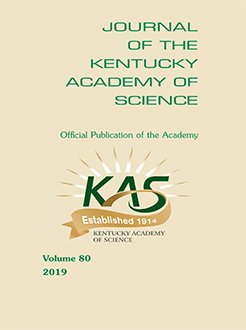Soil conservation practices such as minimum tillage, crop rotation, cover crops, and manure application have strong advocacy. Short-term evidence that these practices are beneficial might improve their adoption by resource-limited producers. A two-year study (2015–2017) was conducted on a privately-owned small, limited-resource farm in southwestern Kentucky to evaluate how cover crops and manure application, alone or in combination, influenced soil nutrient availability, nitrogen mineralization, and crop yield. Three fertilization treatments were used: 1) poultry manure; 2) chemical fertilizers (urea, diammonium phosphate, and potash); and 3) a non-fertilized control. A second set of treatments consisting of presence or absence of winter cover crop was used within each fertilization treatment. The cover crop consisted of a cereal rye (Secale cereale L.), Austrian winter pea (Pisum sativum L.), and crimson clover (Trifolium incarnatum L.) mix. Summer crops consisted of a no-till maize (Zea mays L.) - soybean (Glycine max L.) rotation. Soil samples were taken before and after each summer crop season and analyzed for bulk density, organic carbon content, pH, cation exchange capacity, total phosphorus (P), potassium (K), trace elements, and soil nitrogen (N) mineralization. Cover crops with or without manure enhanced soil N mineralization rates and increased soil extractable P and K, but did not significantly improve yield. Considering the site-specific soil conditions, cover crop and manure use may need longer-term assessment to reveal their effect on the yield and soil quality benefits, especially to resource-limited producers adopting these conservation practices.
How to translate text using browser tools
17 October 2019
Do Conservation Practices Bring Quick Changes to Key Soil Properties for Resource-Limited Farmers?
Sait Sarr,
Maheteme Gebremedhin,
Mark Coyne,
Avinash Topè,
Karamat Sistani,
Shawn Lucas
ACCESS THE FULL ARTICLE





